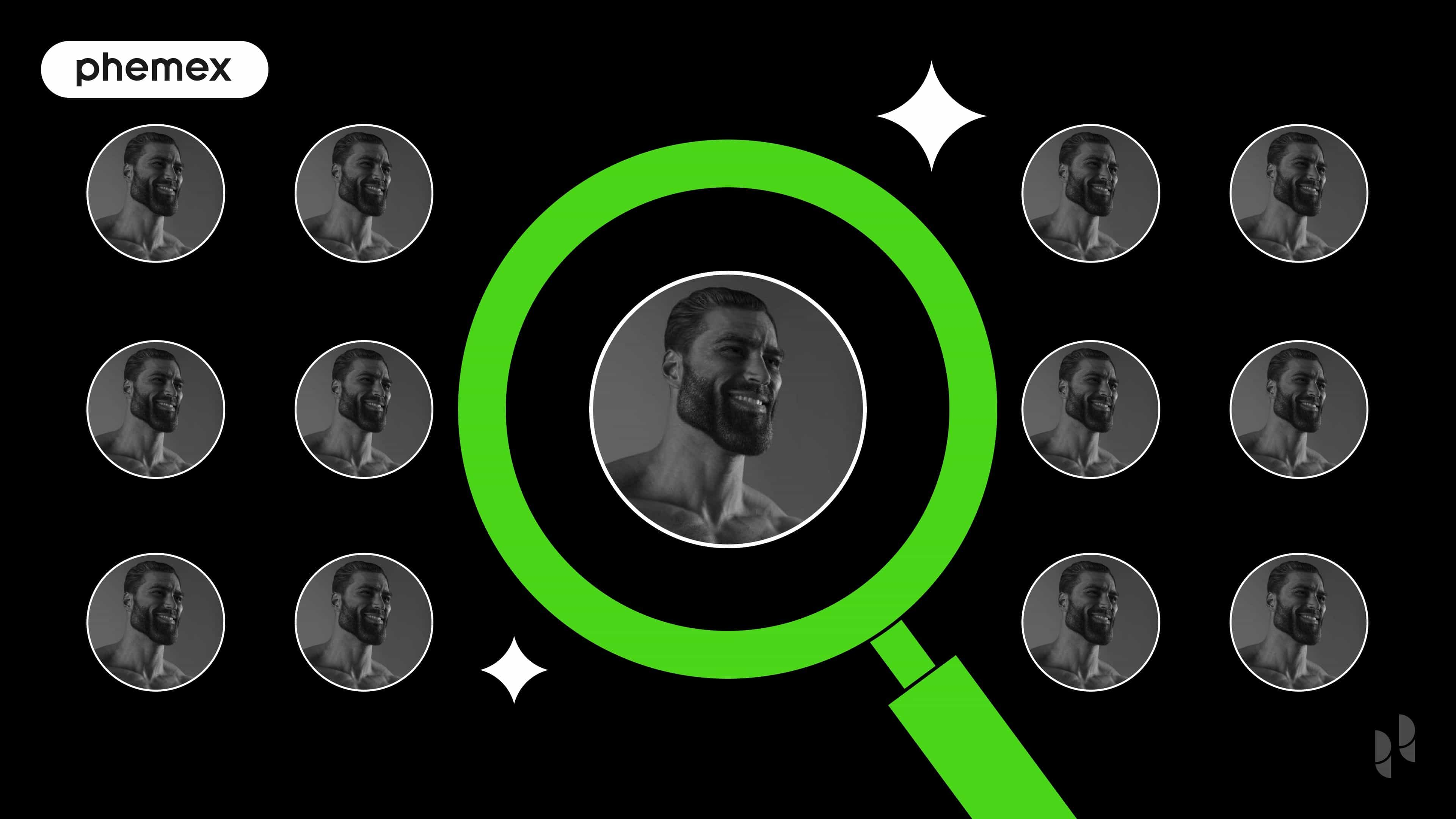In the world of blockchain, meme coins have been around for over a decade ever since Dogecoin was launched in 2013. Yet it seems that now more than ever is the timeframe for a meme coin renaissance. Solana meme tokens have arguably been the main driver of growth and attention in the crypto space for a better part of 2023 and 2024, and now that the bull cycle is beginning to surface they are still prominent in the mindshare of traders.
One of the most significant protocols contributing to the meme coin craze on Solana is pumpdotfun. It’s a platform that allows anyone to create, launch, and distribute their own meme tokens on Solana with limited funding and no technical knowledge required. Ever since its launch, pump.fun has continued to steadily grow in user base and it’s been the source of some of the most successful meme coins of 2024. However, pumpdotfun is not without its controversy, as many believe it’s flooding the market with useless tokens that give crypto a bad look while promoting non-productive behavior by its participants.

How Does Pump.fun Work?
Pump.fun was launched in January 2024 by a pseudonymous creator known as Alon. By enabling users to create and launch Solana tokens within minutes without any coding, the product quickly garnered attention through its simplicity and ease-of-use. Within half a year, it was seeing 50,000 active users and generating over $100 million in revenue. The protocol earns money through fees paid by users when launching and transacting tokens, and its widespread adoption now allows it to reap roughly $3 million per day in revenue. On April 2nd, pump.fun added support for Base chain in addition to Solana which further expanded its use case and user base. In May 2024, it became the second most popular DeFi platform after Uniswap, and by November 2024 was the biggest fee-generating launchpad in DeFi. As of November 26, pumpdotfun saw an astounding 236,000 daily active users.
Pump.fun launched several of the most successful meme tokens of 2024. Some noteworthy projects include $PNUT ($1.2 billion market cap), $GOAT ($854 million market cap), $CHILLGUY ($518 million market cap), and FWOG ($440 million market cap). The entire AI meme token category was started on pump.fun when the artificial intelligence bot Truth Terminal launched GOAT on the protocol.

Benefits of Pump.fun
Minimal Fees: Pump.fun offers a cost-effective solution for launching tokens, charging just 0.02 SOL (around $3) so the process is accessible for users to create and experiment with their own tokens. The platform also applies a 1% transaction fee, which is relatively low compared to other platforms. This fee structure keeps costs reasonable for users while supporting the platform’s operational sustainability.
Exploitation Protection: Pump.fun incorporates multiple safeguards to prevent scams like rug pulls. All tokens launched on the platform follow a fair launch process, eliminating presales or team allocations to reduce the risk of early insiders dumping tokens. Additionally, Pump.fun uses a burning mechanism, where a portion of liquidity is burned upon reaching specific market cap milestones. This approach helps sustain a balanced token ecosystem and minimizes the potential for market manipulation.
Dynamic Pricing: Pump.fun utilizes a bonding curve model to set token prices, where the price increases along a predefined curve as more people purchase the token. This system dynamically adjusts liquidity based on demand, creating a fair pricing environment. By avoiding the pitfalls of traditional static pricing models, this approach ensures token prices accurately reflect current market interest and helps prevent price manipulation.

Bonding curve diagram
Pump.fun Controversy: Is it Sustainable?
An application that shoots up in prominence this fast will no doubt come with controversy, especially if it’s in the crypto space. Indeed, pump.fun seems to have just as many naysayers as supporters. First of all, while the shiny successes like $PNUT and $GOAT have made countless early investors rich, the vast majority of tokens launched on the protocol go nowhere. The traditional pitfalls of low liquidity and high volatility surrounding memecoins apply to pump.fun launches as well.
One of the most polarizing features from pump.fun was its livestreaming feature that allowed token creators (called “devs”) to livestream themselves while promoting the token. As the masses rolled into the platform, this eventually led to some cases of extreme streaming. It began with people locking themselves in their bathrooms or in cages and threatening to not leave until their token reached a certain market capitalization. This trend steadily dipped to new extremes with livestreamers beginning to engage in child abuse and threats of suicide in a perverse effort to promote their token. Facing backlash from both the crypto community and certain mainstream news outlets, pump.fun finally disabled its livestream feature on November 25, 2024.
Concerns of unethical user behavior intertwined with financial incentives have led some to believe pump.fun will eventually face harsh regulatory scrutiny. After all, the absence of age verification or restrictions on the platform combined with the promotion of behavior akin to gambling definitely pose regulatory risks and may expose the platform to future liabilities.
Read More
- Elon Musk's Impact on Cryptocurrencies
- What is Restaking - The Possible Future of DeFi?
- Why are Meme Coins so Popular in this Crypto Cycle?
- Memecoin History and Categories - Into the Trenches with Memes
- Pump and Dump: How To Spot And Avoid It
- Solana vs. Ethereum in 2025 and Beyond
- What is FUNToken(FUN) & How does it Work?
- Craziest Mania Moments from Crypto Bull Markets
- Top Crypto Trends Heading into 2025
- What Are Non-Fungible Tokens (NFTs): Introduction to NFTs








